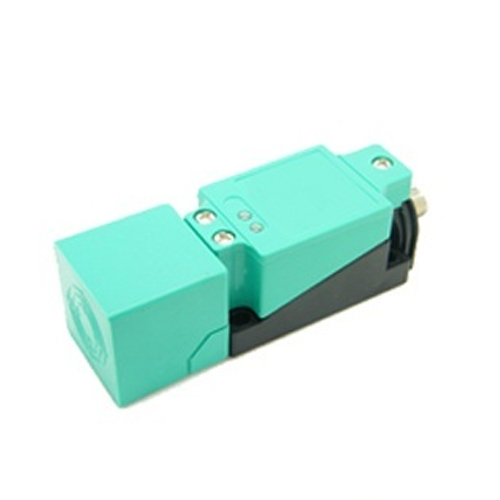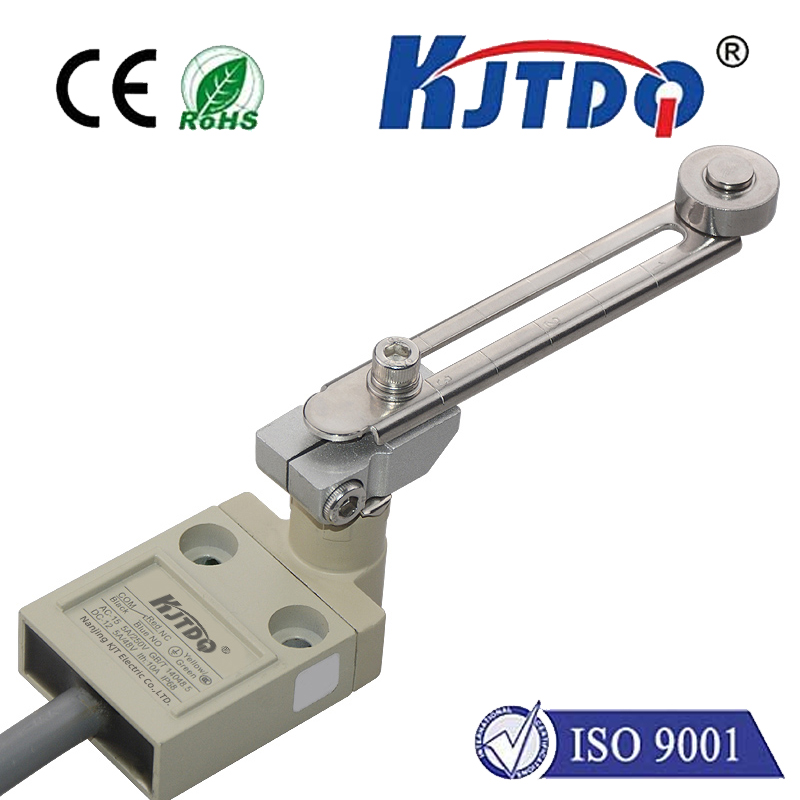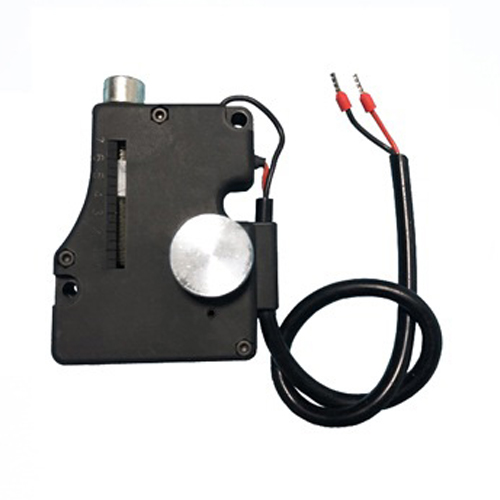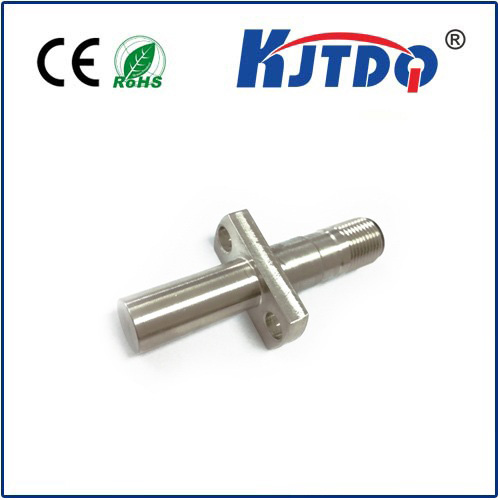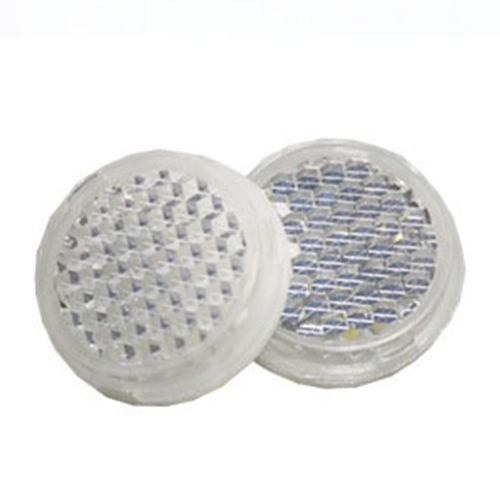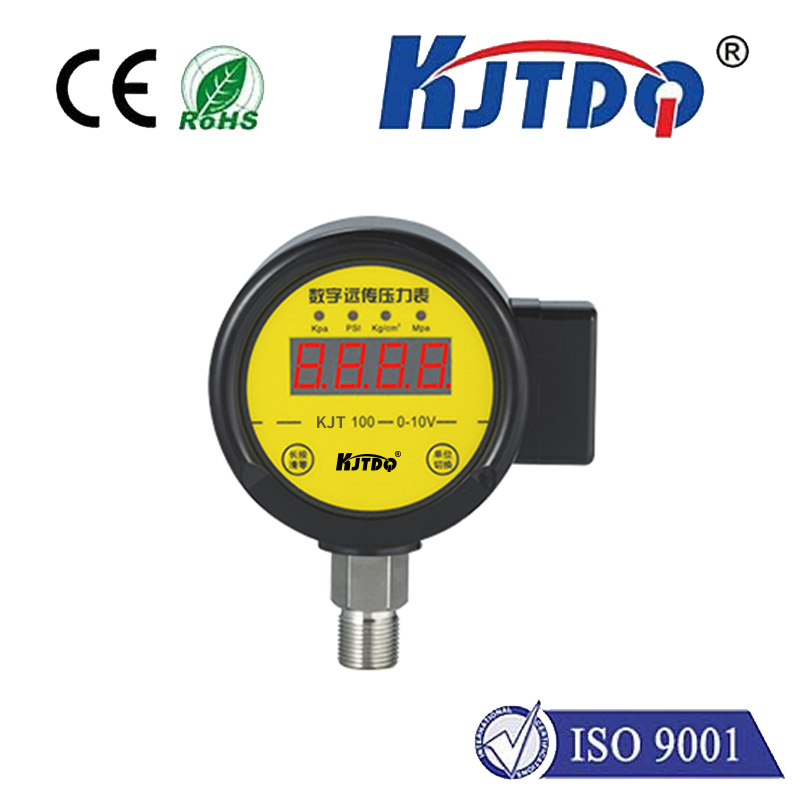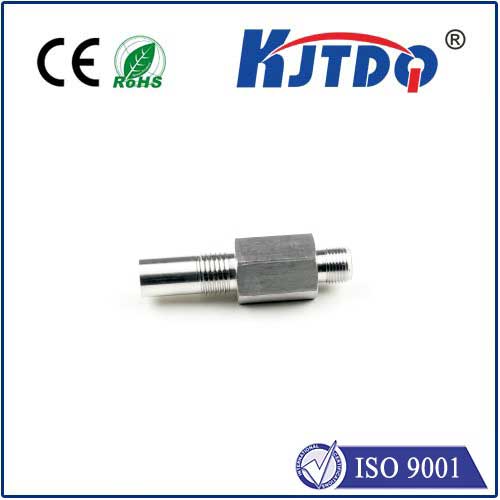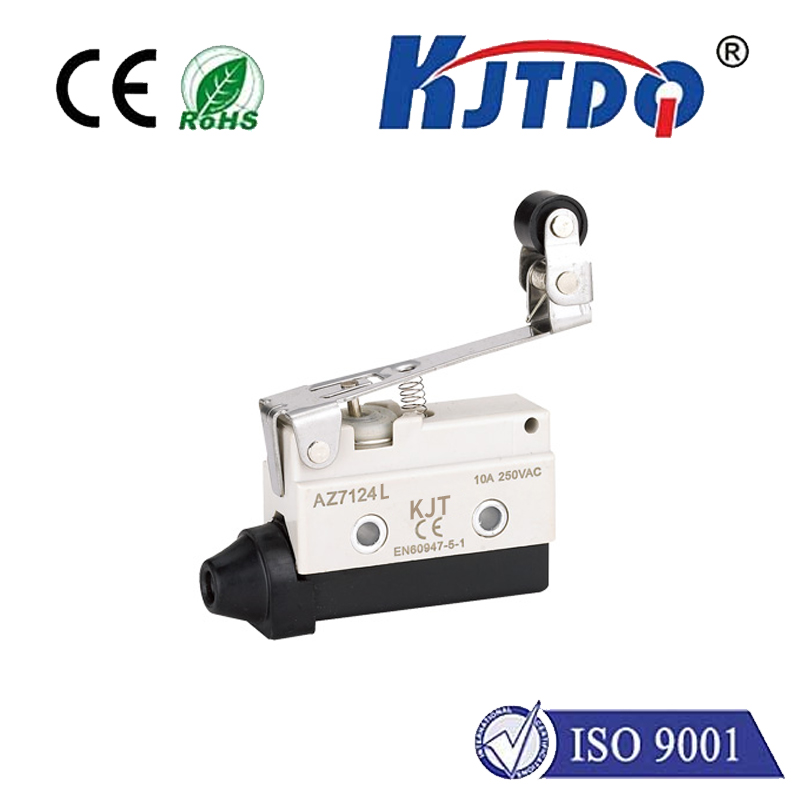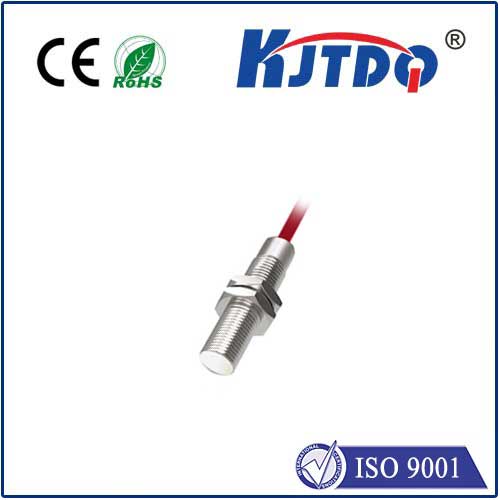optical line sensor
- time:2025-08-16 04:05:45
- Click:0
What is an Optical Line Sensor: How It Works and Real-World Applications
Imagine a robot navigating a complex factory floor, flawlessly following a pre-defined path painted on the concrete. Picture a high-speed printing press instantly detecting a minuscule paper misalignment, preventing costly waste. Envision a sophisticated scanner capturing a crisp, clear image of a document in a single sweep. Behind the seamless execution in each of these scenarios often lies a critical, yet often unseen, component: the optical line sensor. This unassuming slice of technology is fundamental to countless automation, inspection, and imaging tasks where precise line detection or one-dimensional scanning is essential.
At its core, an optical line sensor is an integrated circuit specifically designed to detect the presence, absence, or position of a line or edge in one dimension. Unlike a two-dimensional camera sensor, it captures information across a single, linear axis. Think of it as seeing the world through a very narrow, straight slit. This focus on a single line allows for incredibly high spatial resolution and rapid data acquisition along that axis, making it ideal for applications demanding speed and precision where full 2D imagery might be overkill or too slow.
The Inner Workcase: Light Becomes Signal
So, how does an optical line sensor achieve this? Its heart typically consists of a linear array of tiny light-sensitive elements, usually photodiodes. These elements are arranged side-by-side in a straight line. Here’s the simplified process:

- Illumination: A light source (often an integrated LED array or an external lamp) projects light onto the target surface where the line exists. The contrast between the line and its background is crucial.
- Light Reflection/Absorption: The target surface reflects light back towards the sensor. The line (e.g., black tape on a white floor, an ink mark on paper) will reflect significantly less light than its brighter surroundings, or vice-versa.
- Optical Focus: Lenses focus the reflected light specifically onto the linear sensor array. Each photodiode in the array corresponds to a specific, tiny point along the line being scanned.
- Photoelectric Conversion: Each photodiode converts the intensity of the light hitting it into a proportional electrical charge. Brighter areas generate a stronger signal (higher voltage), while darker areas generate a weaker signal (lower voltage).
- Signal Processing: Sophisticated circuitry within the sensor or connected electronics (like an ADC - Analog-to-Digital Converter) reads these individual voltage levels sequentially. This generates a digital profile of the light intensity along the entire length of the sensor.
- Line Position Detection: By analyzing this profile – identifying sharp transitions between high and low signal levels – the sensor’s output circuitry determines the precise location of the line’s edge relative to its own position. Advanced algorithms can further refine accuracy and reject noise.
CMOS vs. CCD: The Core Technologies
Most modern optical line sensors utilize one of two primary technologies:
- CMOS (Complementary Metal-Oxide-Semiconductor): These are currently the dominant type due to advantages like lower power consumption, faster readout speeds, integrated signal processing circuitry on the same chip, and generally lower cost. CMOS line sensors offer excellent flexibility and are widely used in industrial and consumer applications.
- CCD (Charge-Coupled Device): Historically the standard for high-quality imaging, CCDs offer potentially superior image quality (dynamic range, sensitivity) and uniformity. However, they typically consume more power, require more complex supporting circuitry, and have slower readout speeds compared to CMOS. They are still preferred in some niche, high-performance scanning applications.
Key specifications like the number of pixels (resolution along the line), pixel pitch (size/density), scan rate (how fast data is read), spectral response (sensitivity to different light wavelengths e.g., visible, infrared), and signal-to-noise ratio (SNR) define the suitability of a particular optical line sensor for a given task.
Illuminating Diverse Applications
The versatility of optical line sensors stems from their simplicity, precision, and speed. They are indispensable across numerous sectors:
- Industrial Automation & Robotics: This is perhaps the largest domain.
- Line Following Robots/Robotic Vehicles: Essential for navigation systems, enabling AGVs (Automated Guided Vehicles) and mobile robots to follow painted or taped paths on floors. Precision line detection is key.
- Edge Detection & Guiding: Ensuring materials (fabric, paper, metal sheets, glass) stay aligned during high-speed processing like printing, cutting, laminating, or winding.
- Object Detection & Counting: Detecting the presence, size, or position of objects on conveyor belts.
- Precision Positioning: Accurately locating components or tools during assembly.
- Printing & Packaging:
- Mark Registration: Detecting registration marks (color bars, crop marks) on moving webs to ensure perfect color alignment (color registration) during printing.
- Web Guiding: Continuously monitoring and correcting the lateral position of paper, film, or foil webs.
- Defect Inspection: Identifying streaks, missing print, or physical defects on continuous materials.
- Scanning & Document Processing:
- Flatbed Scanners: While the head moves, the optical line sensor captures one line of the image at a time, building the full document scan.
- Barcode Scanners: Many linear barcode readers (especially the common “laser scanner” type, which actually uses a moving laser spot imaged onto a single point sensor equivalent to a tiny line sensor) rely on the principle of rapidly scanning a single line across the code. Dedicated linear imaging sensors directly capture the entire barcode line in one shot for greater robustness.
- Mail Sorting: Reading address information rapidly.
- Scientific Instrumentation & Measurement:
- Spectrophotometers: Measuring light intensity at different wavelengths.
- Non-contact Dimension Gauging: Precisely measuring the width or diameter of objects by detecting their edges.
- Surface Profile Scanning: Building 3D profiles by combining linear sensor data with motion.
Selecting the Right Optical Line Sensor: Key Considerations
Choosing the optimal sensor requires careful evaluation:
- Resolution (Number of Pixels/Pixel Pitch): Determines the smallest detectable line width or position change. Higher resolution offers finer detail but may impact speed and cost.
- Scanning Speed: How many lines per second can be read? Crucial for high-speed web processing or fast-moving robots.
- Sensitivity & Spectral Response: Does it need to see visible light, infrared, or specific colors? What level of light is available? High sensitivity is vital for low-contrast lines or low-light conditions. Infrared optical line sensors are common for robustness against ambient light changes.
- Environmental Factors: Will it face dust, moisture, vibrations, or extreme temperatures? Industrial sensors often require rugged housings and protective glass.
- Output Type: Analog, digital (e.g., SPI, I2C), or specialized industrial protocols? Needs to interface correctly with the host controller.
- Integrated Illumination: Does the sensor include its own light source? This simplifies design but may limit flexibility. External lights offer more control over wavelength and intensity.
The Unseen Engine of Precision
From the automated assembly lines producing everyday goods












